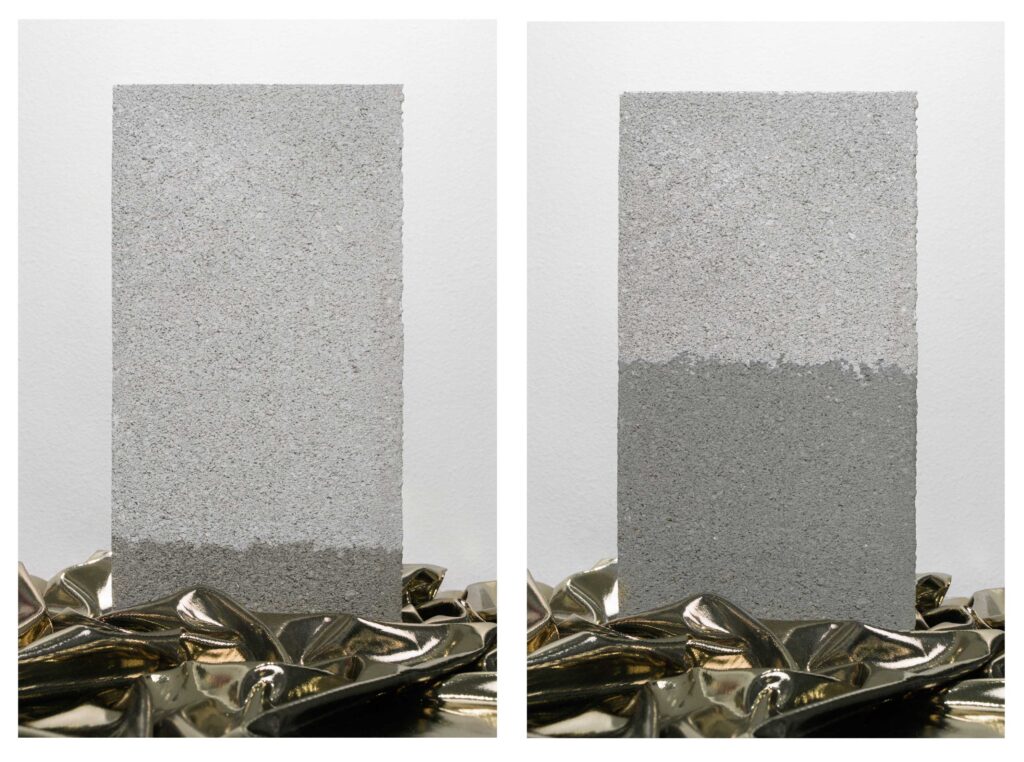
An interesting fact about water: it will basically never flow uphill. Water follows the laziest path, whichever declines the most nearby, towards a place where there is no further decline to follow. It follows the path of least resistance. Even if there’s a good reservoir just one bump in the pavement behind it, the water will go miles and miles, through rivers and into oceans, in order to move forward.
“Path of least resistance” comes to us from folk physics, which refers to our regular perception of how the world moves. It also owns maybe the most derisively editorialized Wikipedia page I’ve ever seen. In the, say, 300 words of its runtime, only half a clause actually reference the energy states (the real principle at play here). The rest is a takedown of intuition that would make Vince McMahon blush.
Probably the scientists and educators actually discovering these things aren’t also the ones dunking on layman observations about the physical world. Because their discoveries are really interesting. For example, what came to me as a metaphor-rich puddle in my parking garage led me through a steeplechase of circumstances in which, actually, water does flow uphill. Do you know what a superfluid is? Its whole raison d’être is to flow uphill. The atoms of a superfluid work in perfect unison, and that zeroing of internal friction allows it to slip through microscopic cracks and climb up walls.
(This ruins the central visual theme of this post, but note that water definitely can’t be a superfluid. Helium, as far as I know, is the only one we’ve discovered. Although I did find a weird video essay doomsaying water as a potentially apocalyptic superfluid.)
Why would the fluid climb up walls? Because lots of fluids climb up walls. Usually friction and cohesion are enough to stop runaway water molecules from escaping up the edge of a cup. But if adhesion to the walls is stronger than cohesion between the molecules, you get capillary action, which is a basic function of sustaining life.
Personally, I’m not reading too much into the metaphorical heaviness of capillary action. I thought it was symbolic how a puddle would rather take the low road than do something just a little hard. Then I looked a little harder through that instinct and started wishing I could always find a way to flow forward, even when I’m surrounded by so many impossible endpoints. There’s something in the unison of a superfluid and the impulse to climb that rings in those other vignettes, too.
In any case, a little observation is always a good thing. Folksy or otherwise.